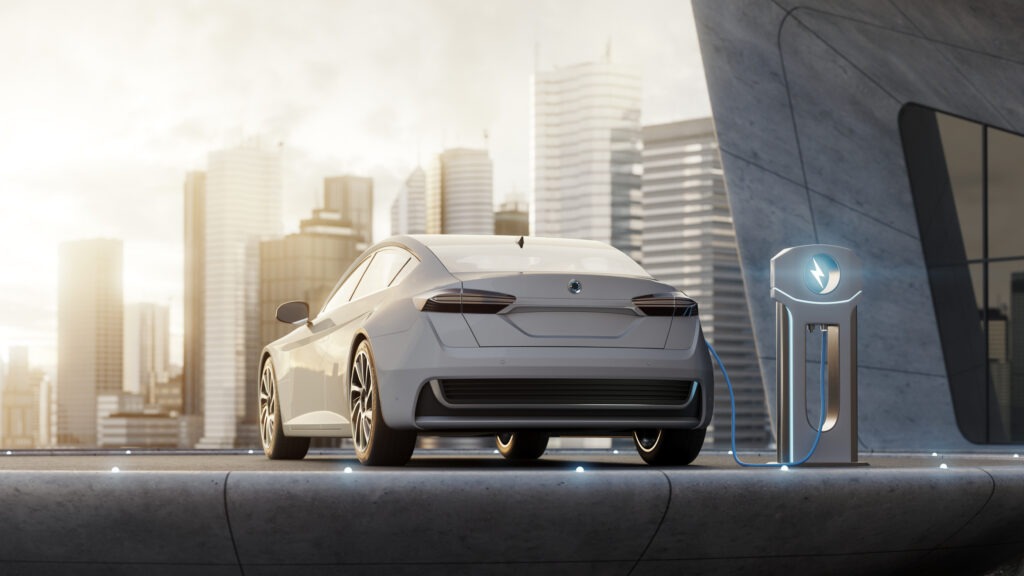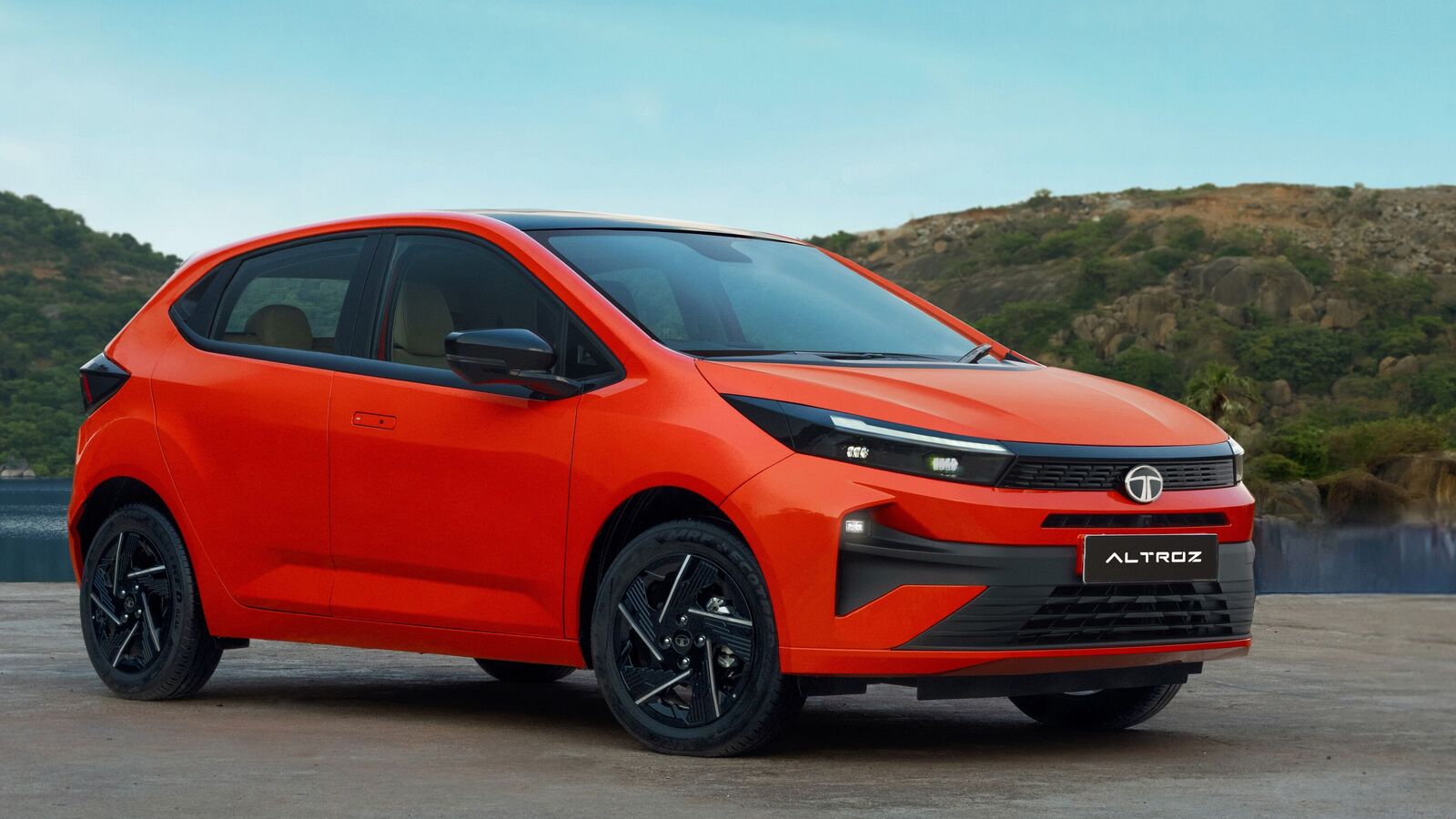21 May 2025

Electric vehicle (EV) expectations, market-leading brands and battery technology trends. In a new webinar, Autovista Group experts look into the electric future with Autovista24 editor Tom Geggus.
Global automotive markets face exceptionally strong headwinds as trade tensions and political situations create so much uncertainty. Alongside supply-chain upset and incentive fluctuation, EV forecasts have been subject to numerous ongoing influences.
Meanwhile, brands looking to cement new export markets are having to navigate an increasing number of obstacles. Amid the uncertainty, changes in brand dominance in Europe’s EV market may see a new marque emerging as the dominant power.
As growth continues, the EV market of the future will also require a large volume of batteries. The size and chemistry of these power-storage units will be determined by availability, cost and practicality. These elements will be central to future EV market fortunes.
In Autovista Group’s latest webinar, a panel of experts explored the trends transforming global EV markets. Autovista Group’s chief economist and director of valuations and forecasting, Dr Christof Engelskirchen, EV Volumes’ director of content, Christian Schneider, and head of forecasting, Neil King, outlined their expectations.
EV expectations for the future
The world is currently facing strong economic headwinds. Engelskirchen highlighted constantly changing tariffs, fresh inflationary concerns, geopolitical tensions, supply chain challenges and poorly defined economic policy.
In March, the Organisation for Economic Co-operation and Development (OECD) downgraded many of its gross domestic product forecasts for 2025. For example, the EU, US, Germany and the UK all saw downward revisions amid escalating trade tensions.
Accordingly, vehicle electrification is facing headwinds. Increased living costs and reduced government support make EV purchases more financially challenging. Used battery-electric vehicles (BEVs) are still an unknown for some buyers who lack the necessary information to ascertain quality. Higher electricity costs in some regions are making BEVs less attractive.
King highlighted how EV adoption in Europe is stimulated by incentives and tighter emissions regulations. Meanwhile, in the US, the BEV share fell as a pre-tariff boost saw increased sales of internal-combustion engine vehicles.
This leaves China to be the key driver of EV growth, as the country continues to see strong demand. Extended-range electric vehicles are seeing particular success in the market. Across the world, more affordable EVs are hitting the roads, which will only help encourage adoption.
Brands leading the future
With an increasingly competitive domestic market, Chinese brands are looking to launch in countries across the world. Many of these companies have clear strategies which are flexible enough to adapt to uncertainty.
These brands offer technologically advanced EVs at competitive prices. However, such models are expected to see greater supply than demand in Europe, which will put pressure on residual values (RVs). This has already been factored into Autovista Group’s RV outlooks.
Chinese brands are expected to capture 10% of the European BEV market by the end of this year, Schneider explained. This percentage is then forecast to remain relatively stable towards 2030.
Globally, Chinese carmakers will put pressure on brands from elsewhere. For example, BYD is expected to overtake Tesla this year in terms of sales. However, the US BEV manufacturer is predicted to strike back in the medium term, with new models on the horizon.
Batteries of the future
As carmakers compete for market space, they will also determine the winning EV battery strategy. Much has been made of the potential of solid-state batteries, which promise greater power density at a lighter weight.
However, EV Volumes does not expect a large offering of EVs powered by this battery chemistry to hit the market. In the next five years, lithium-iron-phosphate (LFP) and nickel-manganese-cobalt (NMC) batteries are forecast to meet the majority of battery demand.
More BEVs are now fitted with LFP batteries, meaning lower capacity but greater affordability. However, these powertrains are becoming more efficient, meaning smaller batteries can achieve longer distances, helping keep range anxiety at bay.
Enjoyed Driving the future: EV trends transforming the global and European market? Then sign up for Autovista Group’s next webinar: Residual value pressure, shifts in market dynamics, and EV momentum. It will take place on 3 July 2025 at 09:30 BST / 10:30 CET. Register for your free place now.




